Termeh fabric, an exquisite art form that dates back centuries, offers a fascinating glimpse into the history, culture, and craftsmanship of Iran. This intricate handwoven textile showcases a unique blend of tradition and artistry, making it a prized possession for both artisans and collectors alike. In this article, we will delve deeper into the enchanting world of termeh fabric, exploring its origins, production process, notable characteristics, and its significance in the modern business landscape. Origin and Historical Significance: Termeh fabric has its roots in Persian civilization and can be traced back to the ancient Silk Road, a historic trade route that connected East and West. Richly symbolic of the Iranian culture, termeh became a popular choice for royal garments, religious artifacts, and even home furnishings. Its popularity spanned across continents, earning it international acclaim. Today, termeh is widely recognized as a symbol of Persian art and heritage.
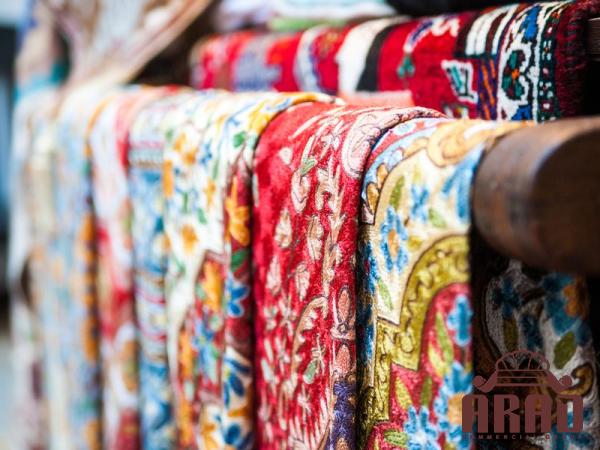
.
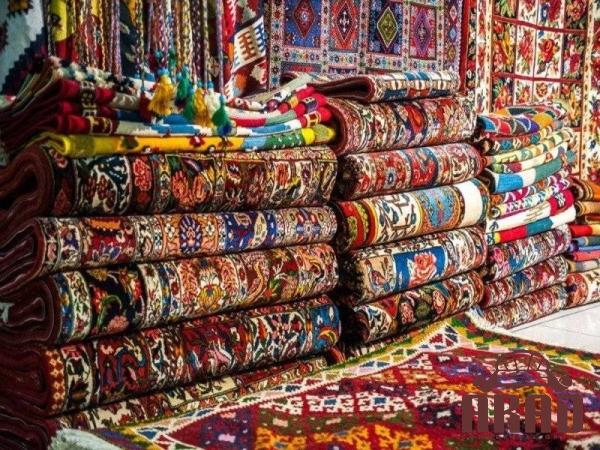 Production Process and Artistic Techniques: Creating termeh fabric is a complex and labor-intensive process that involves skilled weavers, who meticulously craft each piece by hand. The fabric is made using a combination of silk, wool, and sometimes cotton or gold and silver threads, resulting in a luxurious blend that captures the essence of exclusivity. Artisans start by hand-spinning the threads before meticulously dyeing them using natural pigments derived from plants and minerals. The intricacy of termeh lies in its stunning patterns, often featuring delicate floral motifs, arabesques, and geometric designs, achieved through a combination of knotting, weaving, and brocading techniques. This attention to detail and the meticulous artistry sets termeh apart from other textiles. Notable Characteristics and Quality: What makes termeh truly distinctive is its texture, luster, and durability.
Production Process and Artistic Techniques: Creating termeh fabric is a complex and labor-intensive process that involves skilled weavers, who meticulously craft each piece by hand. The fabric is made using a combination of silk, wool, and sometimes cotton or gold and silver threads, resulting in a luxurious blend that captures the essence of exclusivity. Artisans start by hand-spinning the threads before meticulously dyeing them using natural pigments derived from plants and minerals. The intricacy of termeh lies in its stunning patterns, often featuring delicate floral motifs, arabesques, and geometric designs, achieved through a combination of knotting, weaving, and brocading techniques. This attention to detail and the meticulous artistry sets termeh apart from other textiles. Notable Characteristics and Quality: What makes termeh truly distinctive is its texture, luster, and durability.
..
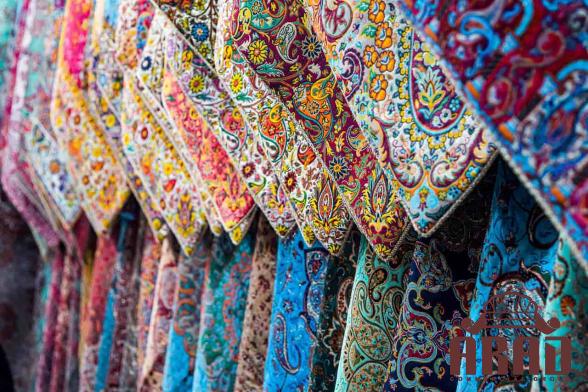 The blending of silk and wool lends the fabric a luxurious sheen, while also providing warmth and strength. The threads used in its creation are often so fine that the end result is a fabric that is both light and durable, making it highly sought after for clothing, accessories, and home décor. The colors found in termeh are equally captivating, with vibrant hues that showcase the richness of Iranian culture. Muted tones of red, blue, yellow, and green harmoniously coexist, creating a visually striking aesthetic that is both timeless and elegant. Modern Business and Market Demand: In recent years, the global demand for traditional and authentic textiles has witnessed a resurgence. As a result, the termeh fabric industry has experienced a renewed interest from both domestic and international markets. Artisans and entrepreneurs are recognizing the value of preserving and promoting this exquisite craft, leading to the emergence of specialized boutiques, online platforms, and even fashion collaborations.
The blending of silk and wool lends the fabric a luxurious sheen, while also providing warmth and strength. The threads used in its creation are often so fine that the end result is a fabric that is both light and durable, making it highly sought after for clothing, accessories, and home décor. The colors found in termeh are equally captivating, with vibrant hues that showcase the richness of Iranian culture. Muted tones of red, blue, yellow, and green harmoniously coexist, creating a visually striking aesthetic that is both timeless and elegant. Modern Business and Market Demand: In recent years, the global demand for traditional and authentic textiles has witnessed a resurgence. As a result, the termeh fabric industry has experienced a renewed interest from both domestic and international markets. Artisans and entrepreneurs are recognizing the value of preserving and promoting this exquisite craft, leading to the emergence of specialized boutiques, online platforms, and even fashion collaborations.
…
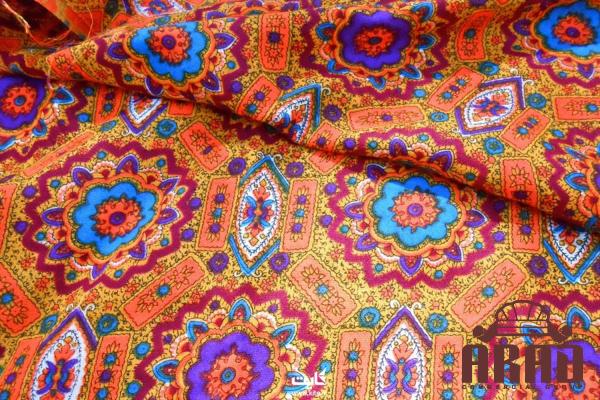 The business landscape for termeh fabric has expanded beyond traditional usage, finding its way into high-end fashion houses, interior design studios, and luxury brands. This renewed interest has not only revived the livelihoods of skilled artisans, but it has also positioned termeh as a symbol of luxury and sophistication for the modern world. Conclusion: The legacy of termeh fabric continues to captivate and inspire generations with its timeless elegance, intricate artistry, and historical significance. From its origins in ancient Persia to its revival in the modern business landscape, termeh remains a testament to the enduring beauty and cultural heritage of Iran. As the demand for unique and authentic textiles grows, the resurgence of termeh fabric reminds us of the importance of preserving traditional crafts and celebrating the artisans who keep these traditions alive.
The business landscape for termeh fabric has expanded beyond traditional usage, finding its way into high-end fashion houses, interior design studios, and luxury brands. This renewed interest has not only revived the livelihoods of skilled artisans, but it has also positioned termeh as a symbol of luxury and sophistication for the modern world. Conclusion: The legacy of termeh fabric continues to captivate and inspire generations with its timeless elegance, intricate artistry, and historical significance. From its origins in ancient Persia to its revival in the modern business landscape, termeh remains a testament to the enduring beauty and cultural heritage of Iran. As the demand for unique and authentic textiles grows, the resurgence of termeh fabric reminds us of the importance of preserving traditional crafts and celebrating the artisans who keep these traditions alive.
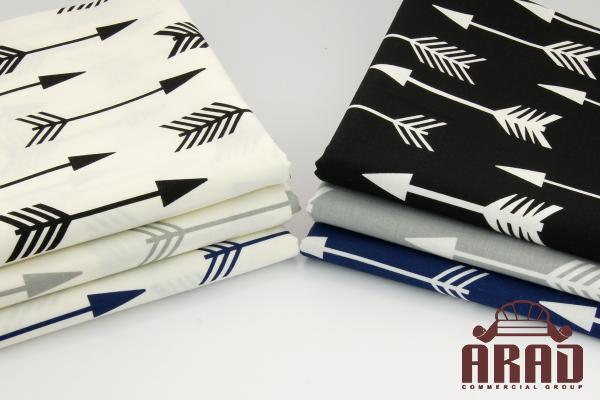
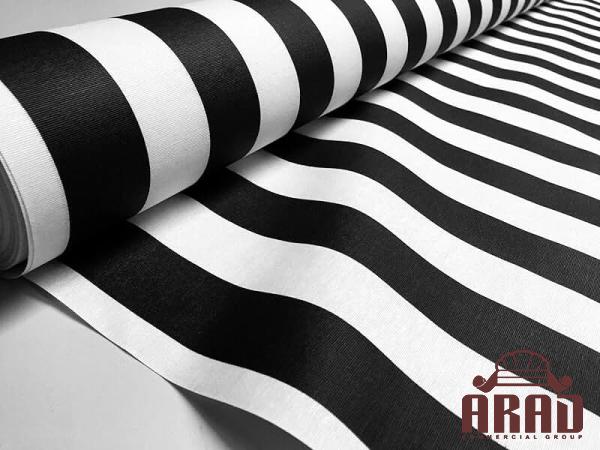
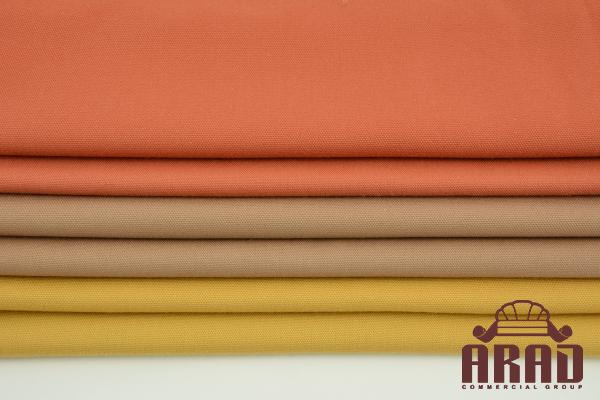
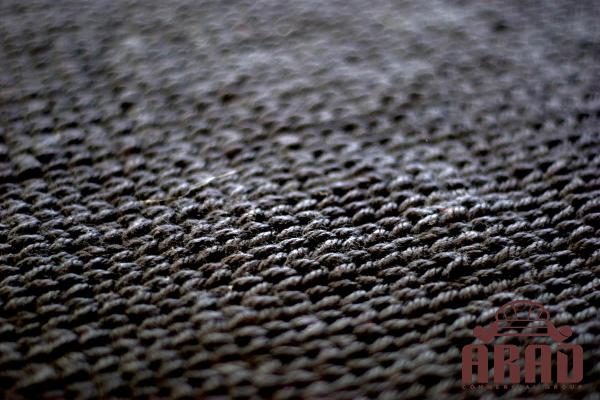
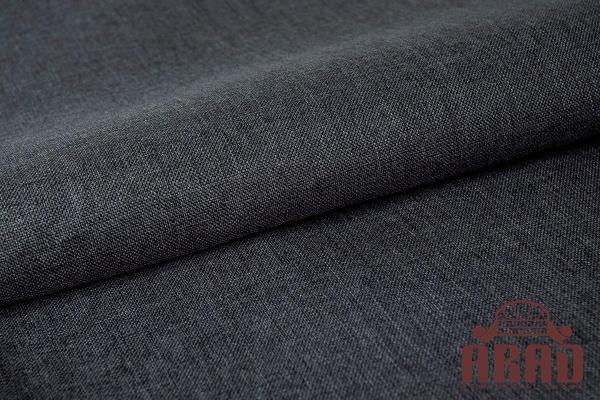
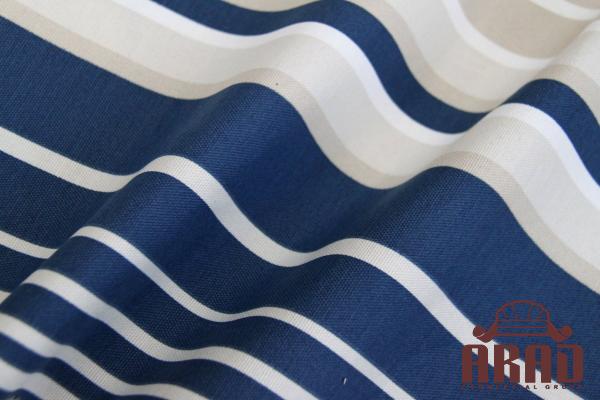
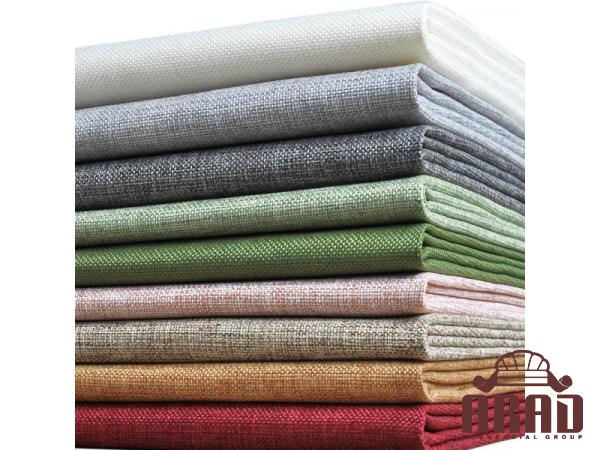
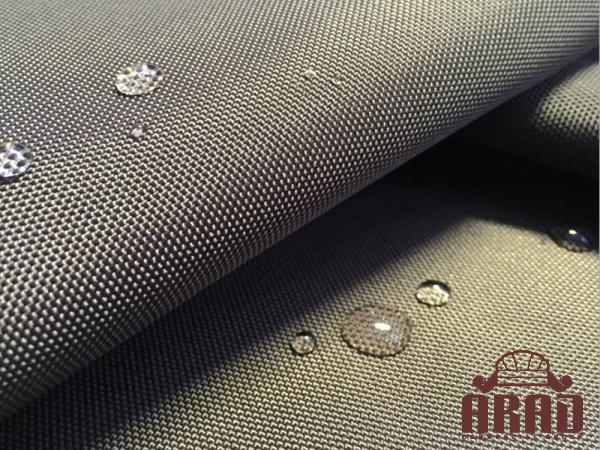
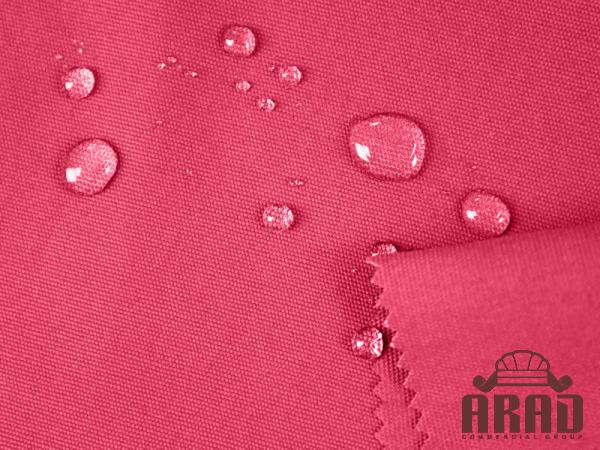
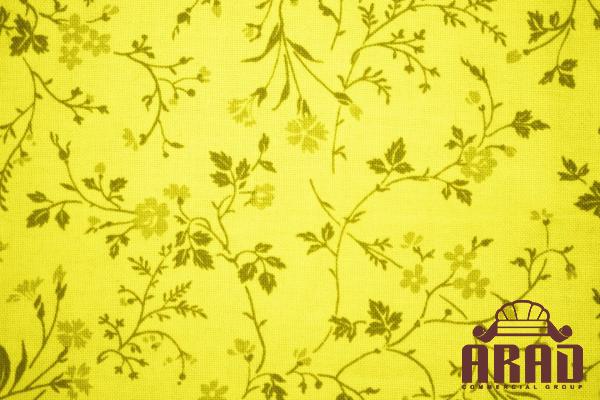
Your comment submitted.